
A recent study about teacher confidence in educational technology (Houghton Mifflin Harcourt) found that 99% of all teachers and school leaders are using digital technology in their classrooms. It also found that nearly 96% have seen benefits from the technology they’re using, including improvement in student achievement, cited by 32% of all participants.
But seen is a key word here. How can we gain visibility on how digital technology is improving student achievement when so many factors go into a student’s education? Hopefully this is something we’re considering when choosing technology for our schools.
We recently conducted our own study to learn more about how and why administrators are deciding upon educational technology used in the classroom. What we hoped to gain from our study was some understanding of the most effective methods administrators use to conduct research for tools and solutions used in their school systems.
Let’s be clear — we know humans to be the real problem solvers in education, and that we can never rely too much on the method as a means to an end. But we were interested in learning more about the research behind the tools and systems that our greatest resource of all — educators — are using to solve those problems. We invite you to follow along in our findings here.
How do admins stay up-to-date on innovative instructional models in 2019?
Perhaps like us, it was no news to you that 74% of all participants cited “education conferences and meetups” as a source for staying up-to-date on innovative instructional models. We were a bit surprised at how unpopular “books and research papers” (1%) were, but not so much about the low score for “PD from the district” (1%).
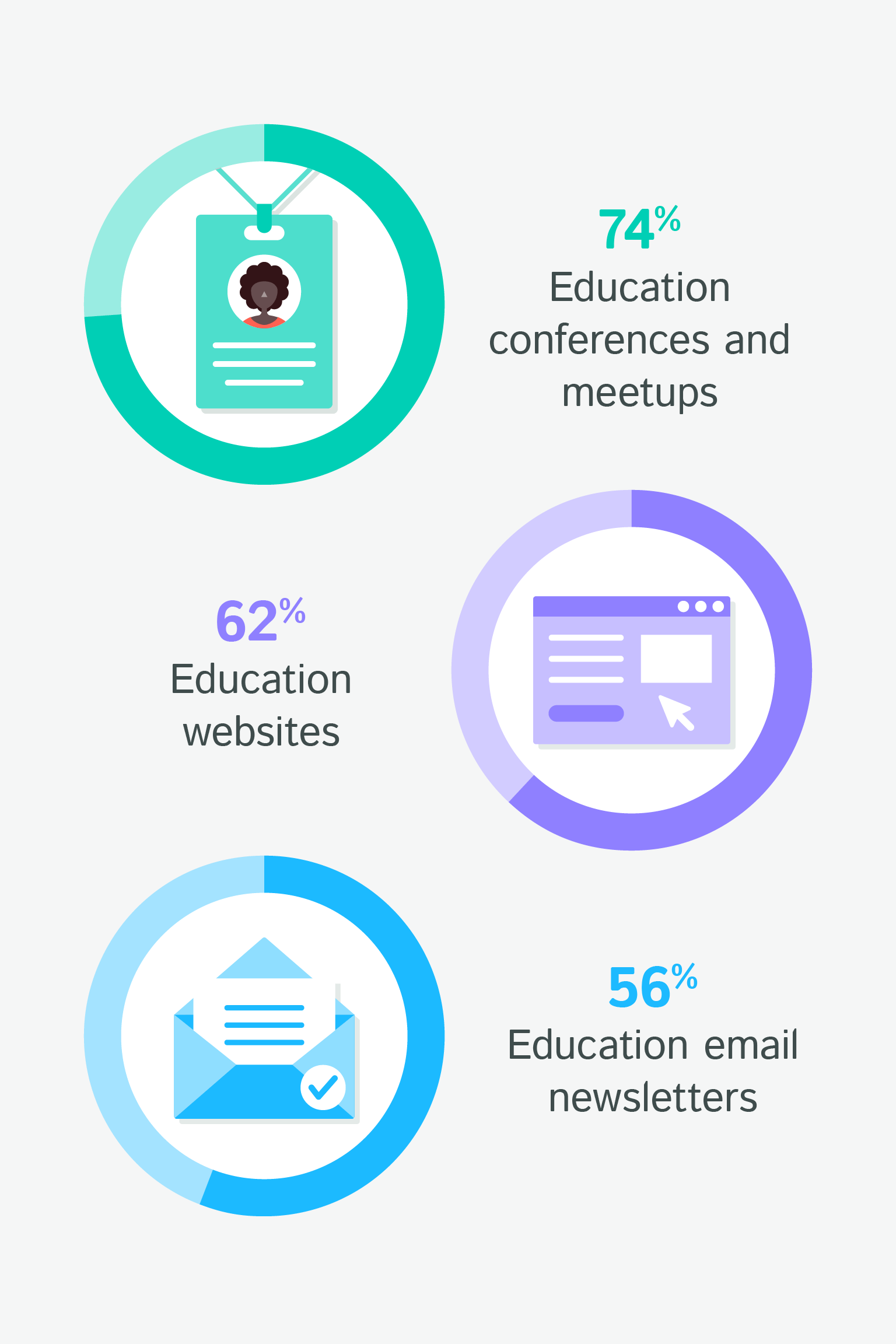
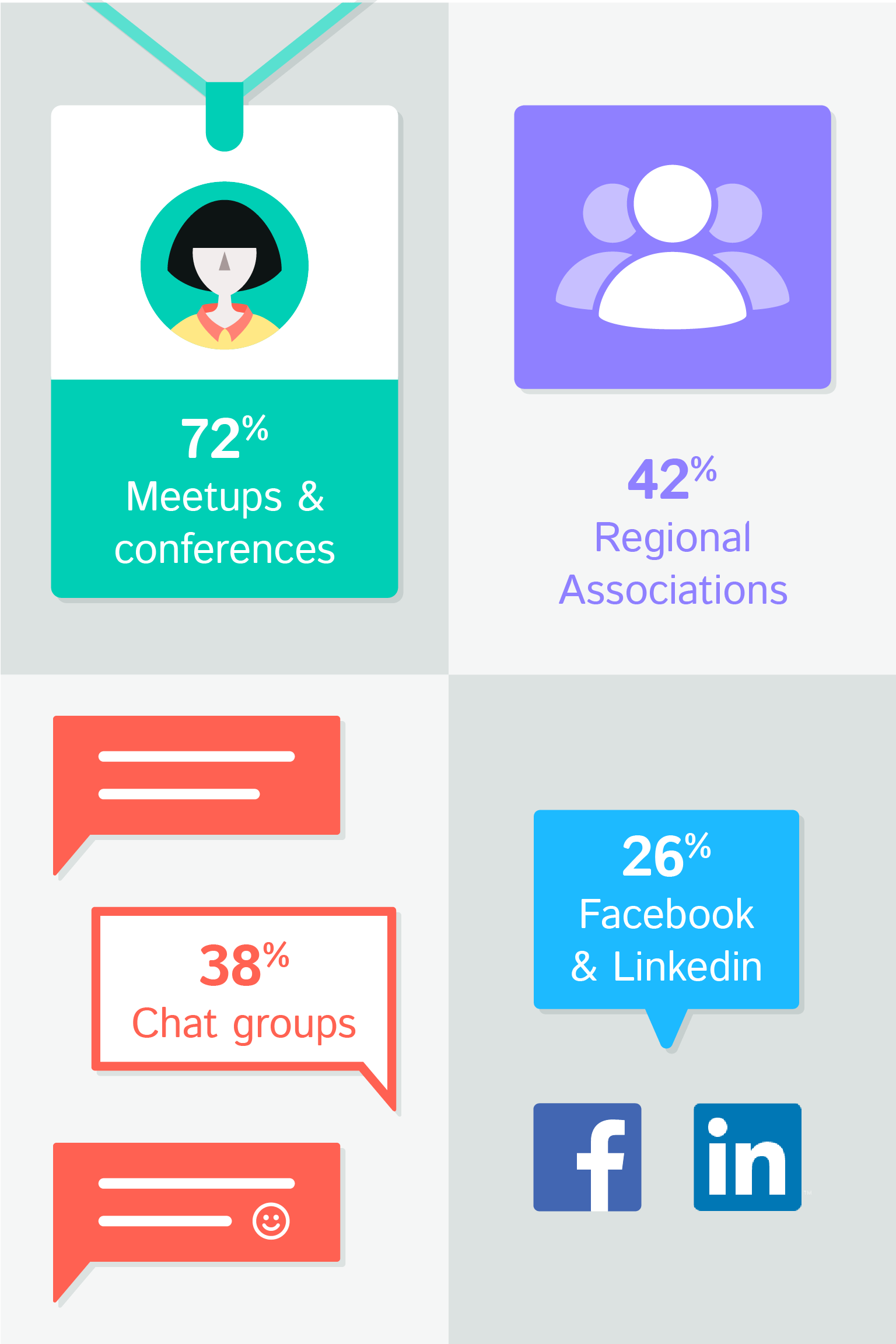
Where do admins discuss new instructional models within their network?
Again, we found that meetups and conferences were very popular for discussion here. “A lot of administrators end up going to at least one educational conference/event every year. A lot of them walk away with great information, so this isn’t surprising to me,” says Amanda Glover, our partnerships lead at Kiddom.
While it’s no shock to discover educators love to share their knowledge with others, what was surprising to us were the chat groups (38%) and social communities (26%) built around such conversations.
Are admins satisfied with the effectiveness of those discussion mediums?
At 72%, the trend suggests a high satisfaction with the discussion mediums administrators are having around innovative instructional models.
Of the administrators who weren’t satisfied with said mediums, nearly half (44%) cited “lack of proactive systems were keeping them up at night” and “lack of timelines of academic performance reporting”.
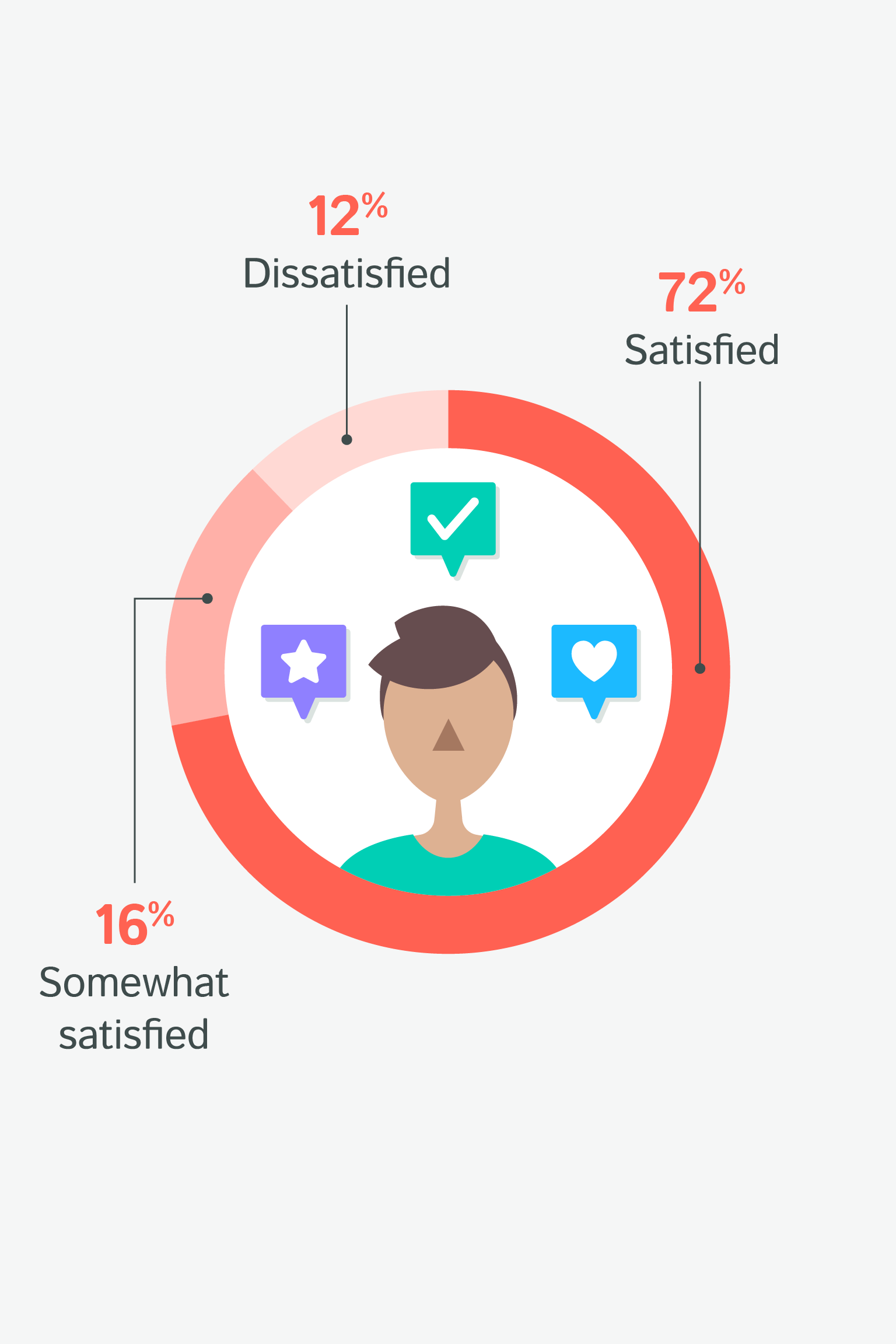
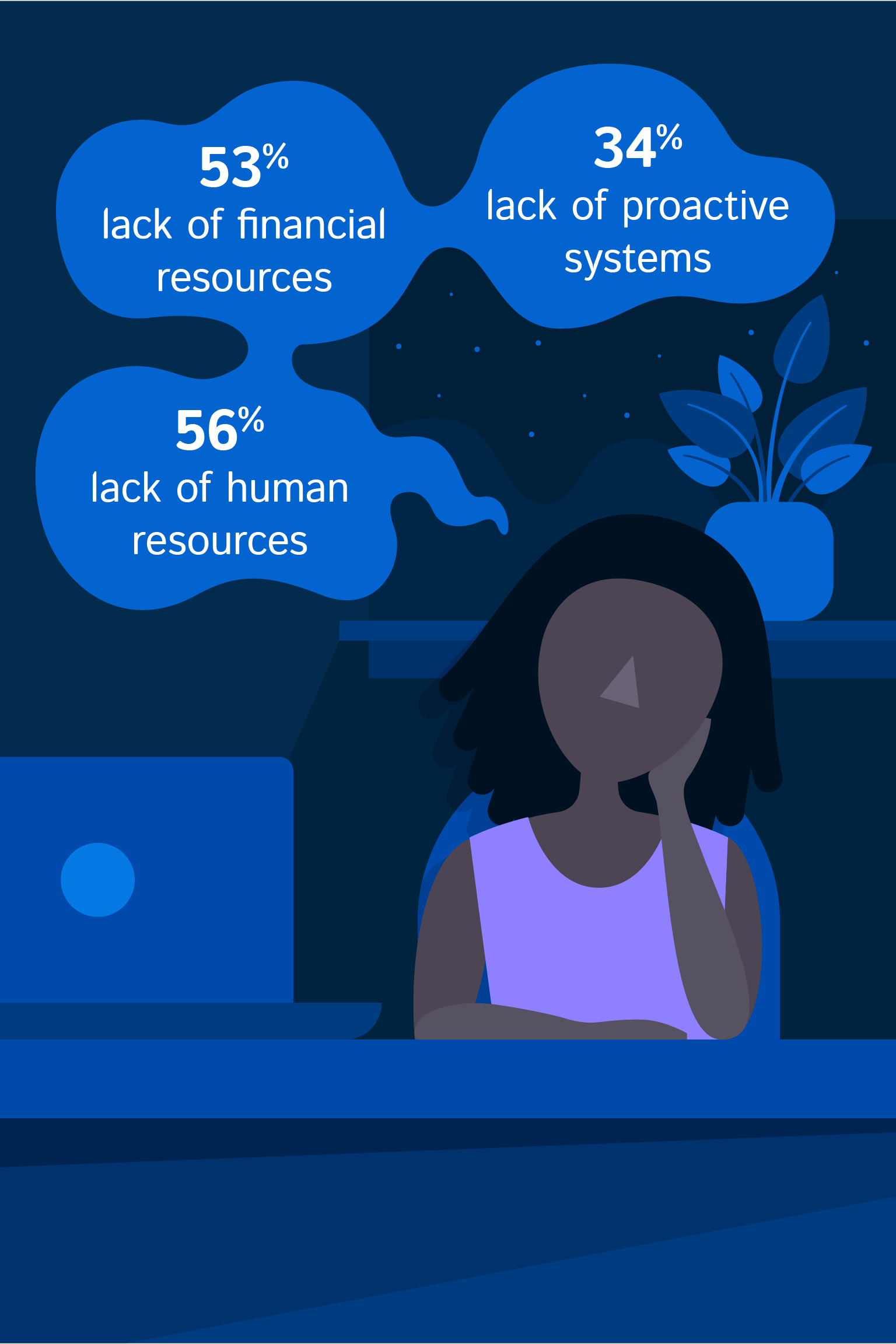
What’s keeping admins up at night?
We all know working in education can keep you up at night with a million things running through your mind. But what are the top concerns?
When asked, administrators said the top three topics are “lack of human resources to improve student achievement” (56%), “lack of financial resources to meet district demand” (53%), and “lack of proactive systems to improve student outcomes” (34%).
How have admins tried to remedy the above concerns?
Our study found that nearly ⅓ of all participants are requesting more funding to address the problems keeping them up at night.
What is very telling about the current state of education is the use of creative staffing, intervention, and systems adjustment — these cost saving efforts are likely a direct result of increased budget cuts across the board.
We were surprised to see such a low effort to use tools and technology, considering the fact that technology can save schools so much time and money!
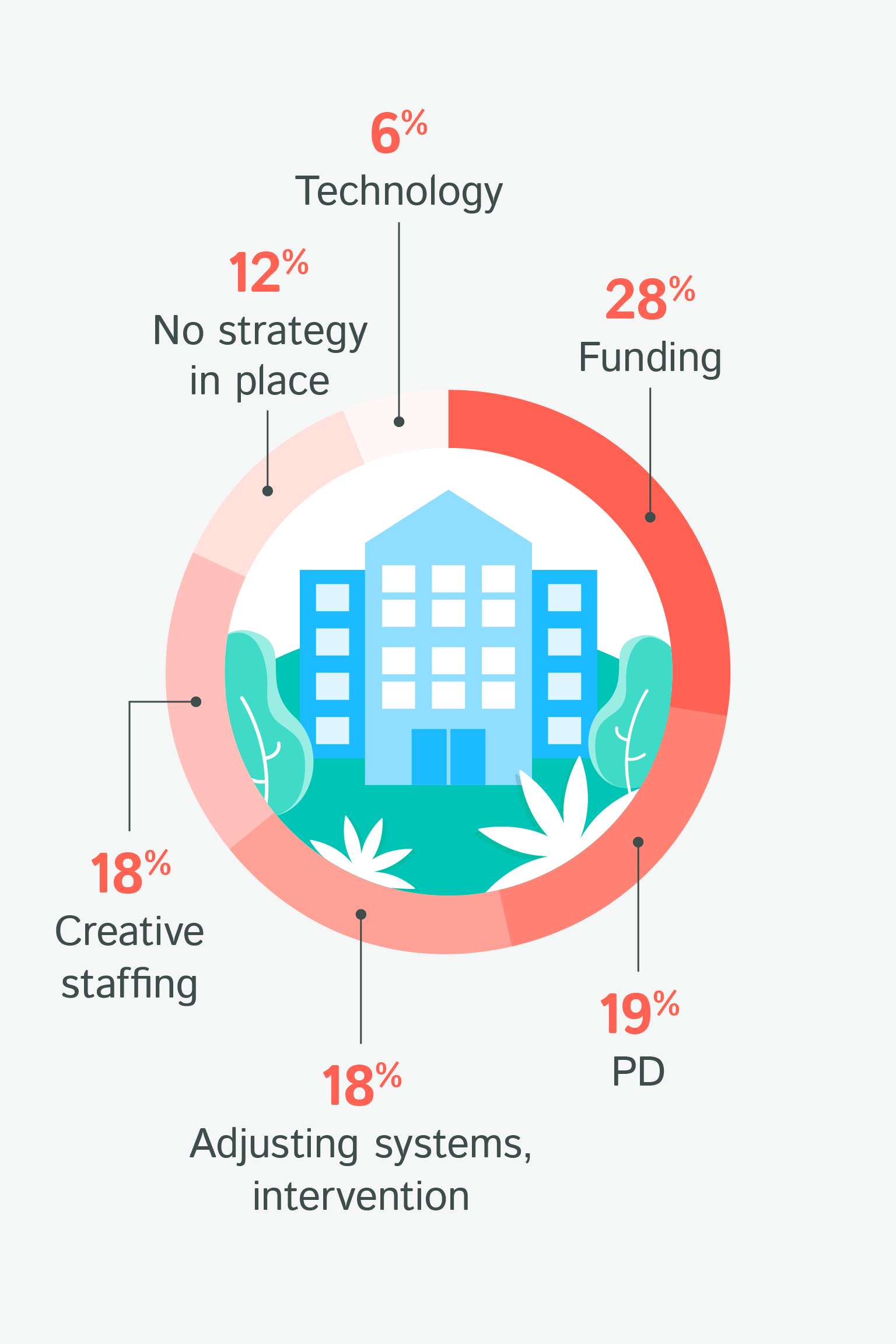
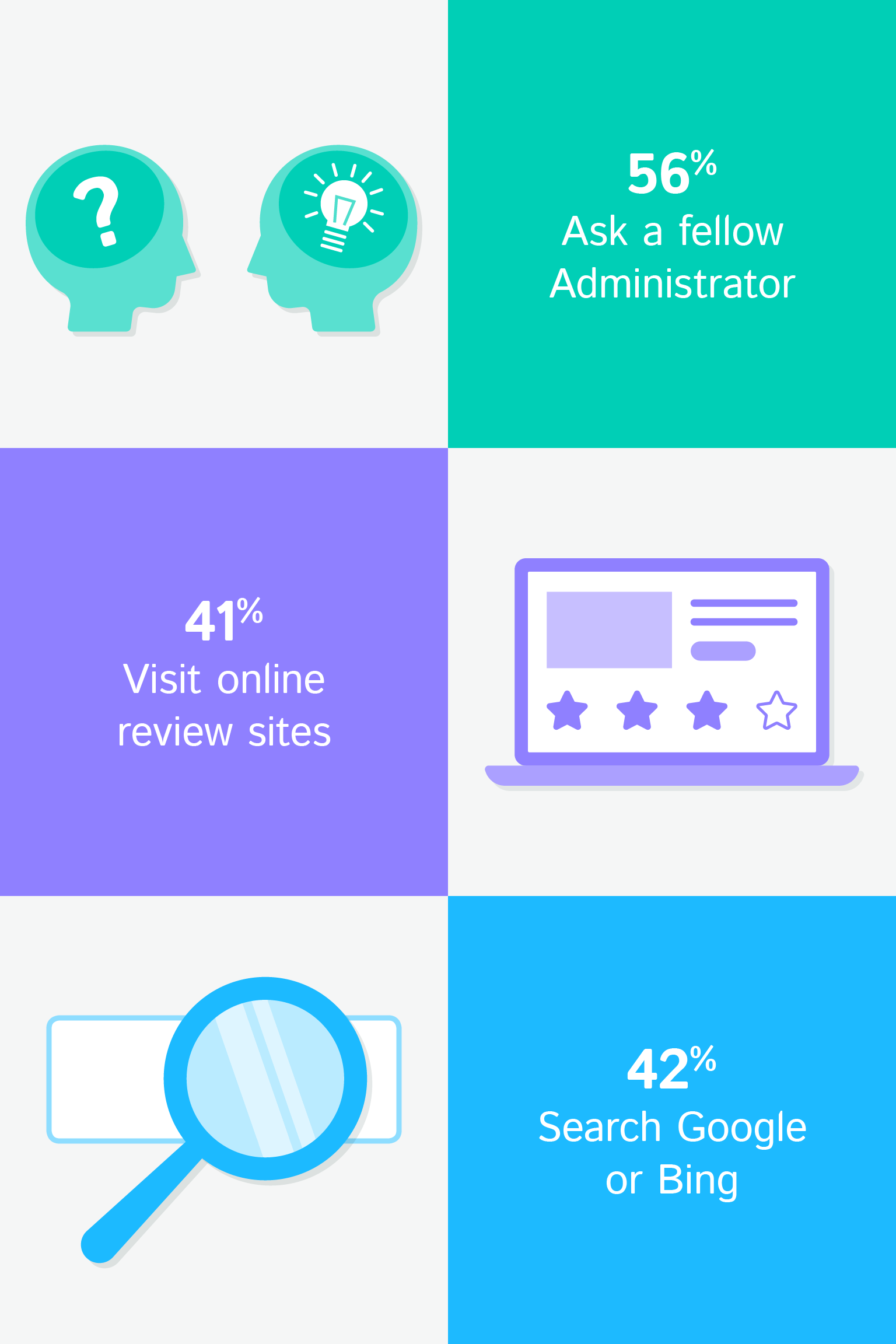
How do admins vet technology they purchase to support their remedies and address concerns?
While it is no surprise that word of mouth is still one of the most common ways administrators vet technology, one trend evident across the board is that administrators are rarely relying on just one place to make their decisions, and are often vetting across multiple sources.
And that concludes our study — we hope this gives you a fresh perspective of how educators are making decisions around the educational technology and systems applied in the classroom.
As educators make these decisions, we hope to see more steps towards measuring the success of the tools in place. So often this data is siloed — grading and mastery data sits in the LMS. Curriculum data sits in curriculum management systems, and even there it may be scattered across spreadsheets and hard drives. Cloud-based platforms have helped a lot here — but they’re not ultimately designed with educators in mind, with a way to calibrate and measure the success of curriculum across a school system.
We’ve designed Kiddom to do just that, because we believe that in today’s educational climate, many schools and districts don’t have the time or money to make decisions without data. To learn more about the Kiddom Education Platform, book a demo with us today.
At a typical Kiddom school, hands are in the air, there’s a buzz in the room, and teachers and students are energized. Kiddom was designed to help improve teacher retention and increase student performance and graduation rates.
For the first time, the most important parts of teaching and learning are connected and simplified in Kiddom. Curriculum lives in one place and is easily measured and refined, instruction is personalized to meet the needs of each student, and data serves as a powerful system of support for every member of the learning community to keep students on track.
Ready to bring digital curriculum to your school or district?
Connect with us in a 15-minute meeting to learn more about available pre-packaged curriculum, and how the Kiddom education platform can support your learning community.